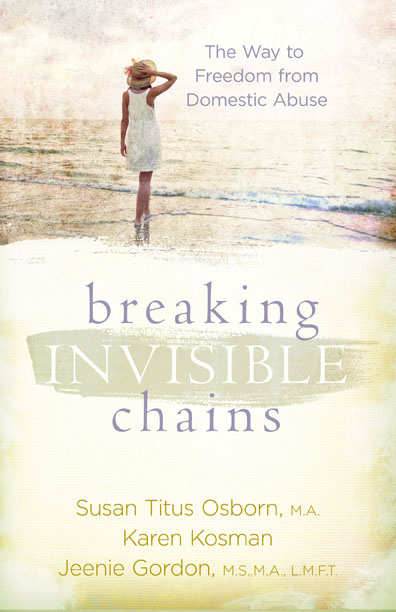Here is an example of how I made myself vulnerable in a story from Wounded by Words titled “The Accident”
“Richard, what happened?” I gasped as the front door opened, and my oldest son walked in. His head was bleeding, and he had a petrified look on his face.
His brother Mike followed and said, “If you think he looks bad, wait until you see the car!”
“I don’t care about the car. I care about you two. What happened?” I asked again.
“We dropped off a couple of the guys after water polo practice. Dave was hanging out the window, so I reached over and pulled him back in,” said Richard.
“And the car rolled forward and hit a tree,” added Mike. “Richard had unfastened his seatbelt, so when the car stopped, he hit the windshield. I think he did more damage to the car than the tree did.”
I saw that the cut on Richard’s forehead was minor, so I cleaned it up and put a Band-Aid on it. “Do you hurt anywhere? Do you feel dizzy?”
“My neck hurts,” Richard said, rubbing the back of his neck.”
“We’d better get that checked out at the emergency room,” I said. I opened the front door and looked at the car. The front window was shattered. “Oh, no! We probably shouldn’t drive that car. I’ll call Dad at work. It’s 7:00 P.M. Surely he can come home and take us to the hospital.”
I dialed my husband’s office number. When he answered I said, “Richard’s been in a car accident. His head broke the windshield, and his neck is injured.” My voice sounded on the edge of hysteria. “He drove home after the accident, but I’m afraid to drive him to the hospital with the windshield broken. Can you please come home right away and take us?”
“No, I’m in a business meeting,” was his curt reply.
“We really need you to drive us to the hospital!” I pleaded.
“I said no! You deal with it!” he shouted. Then he hung up on me.
Acid churned in my stomach, but I said in a resigned voice, “Come on, Richard. I’ll take you to the emergency room.” Fighting back tears, I slowly drove the damaged station wagon to the hospital, which thankfully was nearby.
I was careful to use Richard’s words, to run the story by him, and to ask his permission to publish it.


